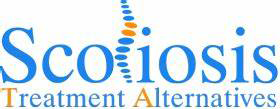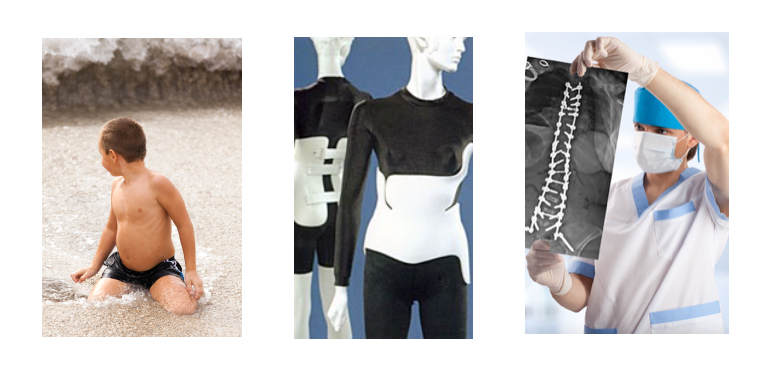Conventional Scoliosis Treatments
Conventional scoliosis treatment here in the US usually consists of one of 3 options:
So in essence, the initial recommendation is to do nothing. Then if your child’s scoliosis progresses they then recommend putting your child in a hard brace, which at best only hopes to stop further progression and does nothing to improve the curve. Then, if that doesn’t work to stop the progression of their curves they recommend a highly invasive scoliosis surgery.
The irony is that is is often completely avoidable, if corrective action is taken in time, before the spine has progressed to a severe level where surgical intervention is often recommended as the only course of care. The problem is that spinal fusion surgeries are still some of the most invasive surgeries performed today. Common complications including infection, failure of the fusion or permanent numbness following surgery. Some of the more rare complications include paralysis and as with any other type of major surgery, the risk of death.
Medical professionals acknowledge that even “successful” scoliosis surgery has its own issues that include chronic pain for many later in life and for some unlucky individuals, even more surgery later in life. Although conventional medicine considers spinal surgery “the gold standard” in scoliosis treatment we feel that, except in very rare cases where surgery is the only option, there is nothing golden about the short or long term results.
The problem is that the long term outcome statistics for this very lengthy orthopedic surgery are indeed grim. While each year 20,000 scoliosis surgeries are performed to implant Harrington rods in the spines of children with scoliosis every year about 8,000 adults who underwent this surgery in their youth condition has deteriorated to the point that they become legally defined as permanently disabled for life.*
A retrospective study of the long term effects of scoliosis treatment by surgery confirmed that a full 40 % of patients who underwent scoliosis surgery in their youth were legally defined as severely handicapped as adults.**
An article in the Journal of Pediatric Rehabilitation entitled The Impact of Spine Surgery on Signs and Symptoms of Spinal Deformity is perhaps the most truthful and comprehensive study ever published on the surgical treatment of scoliosis confirmed the poor long term outcomes and the need for effective non-surgical scoliosis treatment options.
These poor outcomes have lead many orthopedic surgeons take a “watch and wait” monitoring approach to see if the condition worsens to the point that surgery is recommended. The problem with this inefficient observational approach is that it is not prognostic of the curve progression nor does it do anything to prevent it. Many orthopedist are unaware that there are a variety of effective non-surgical options for scoliosis treatment.
Meanwhile, parents have a great deal of angst waiting around for the 6 months to check up to see if there is any worsening of the curves. The problem with this approach is that it does nothing to halt or reverse this potentially devastating disease during the early stages, when it is most correctable. Without intervention to nip the problem in the bud gravity will continue to wreak havoc on a spine that has developed unstable curves with scoliosis, making progression of the curve a self fulfilling prophecy.
Parent’s are often left wonder: “Why is it that something couldn’t be done sooner to intervene?” Now there is.

